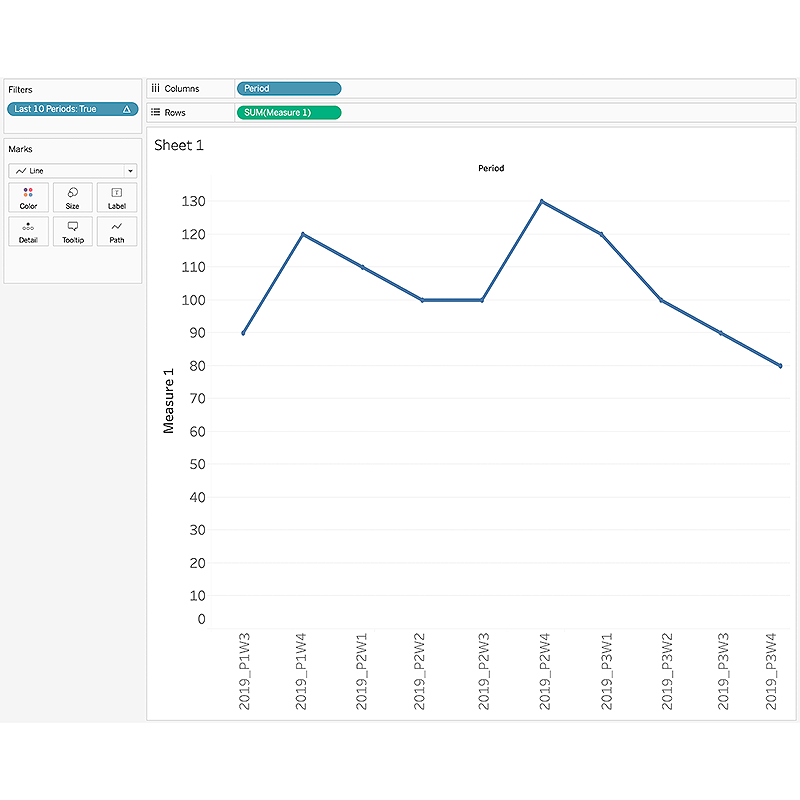

- Tableau public data sets how to#
- Tableau public data sets software#
- Tableau public data sets download#
- Tableau public data sets free#
To customize and limit data displayed on your dashboard, use filters. We have used a pink font color, font size 20 and font type Tableau Semibold for our dashboard title. The text box appears on top of the worksheets. You can adjust the position, height and width of your worksheets.Ĭlick on this to display your dashboard title.

We have used the tiled option for our dashboard.įloating layout allows worksheets to overlap as there is no exclusive area for each worksheet. Fit each worksheet within its own rectangle. As you drag and drop the worksheets, a gray rectangle (tile) appears. The tiled layout allows each worksheet to be fully visible in its tile. In the dashboard window, there are other features you can use when creating your report. Here is what the final dashboard looks like. In our case, the three worksheets fit perfectly. Drag and drop the sheets here to build your dashboard.ĭepending on the number of sheets you have, you can adjust the canvas size dimensions to accommodate all the sheets. The right side of the window is the blank canvas for creating the dashboard.

You can also change the bar colors and show labels.įor the second bar chart that shows the type of products sold and their total sales, drag the Productline into the columns section and the Sales measure into the rows section. For instance, we sorted the revenue by ascending order, showing that 2004 had the highest revenue. You can edit the bar chart as per your personal preferences. To create a bar chart showing the total sales for all the years, drag the Year ID into the columns section and the Sales measure into the rows column. Tableau will also give you suggestions for the type of chart to use based on your data type. Find them displayed on the right side of the worksheet under the “Show Me” icon. Tableau has many visualization charts you can use depending on your analysis. Maps are effective for displaying geographical and spatial dimensions. Bar charts are ideal for comparing data categories. Our sales analysis will help us achieve the following insights from the data:įor the visualization, we will use bar charts and a symbol map. Now, we are ready to start analyzing our data. On the left side, you’ll see different data field names displayed in the “Tables” section.
Tableau public data sets how to#
How to create Tableau worksheetsĬlick on the “Sheet 1” button at the bottom left to create your workbook.Ī new canvas worksheet opens up. For instance, check for any null or outlier values. The dataset is now loaded for you to explore and verify that it’s well structured before visualization. Select and open the CSV file from where you saved it in your computer. Click on the “Text File” option to access the CSV data file. In our case, we downloaded a sales dataset sample for our analysis from Kaggle.
Tableau public data sets download#
In such a case, download the servers, for example, MySQL. However, some data source connections are not available by default. The main screen shows different options for connecting to a data source. When you open a new Tableau Public file known as a book, a pop-up window prompts you to connect to a data source, as shown in the screenshot below.
Tableau public data sets free#
This is the free version of Tableau Desktop. In this data visualisation tutorial, we will use Tableau Public.
Tableau public data sets software#
Tableau software has several products you can use, such as Tableau Online, Tableau Public, Tableau Server, Tableau Cloud, Tableau Desktop, and Tableau Prep. Tableau Software is among many other business intelligence tools. You can use it to collect, process and create useful insights from your data. Tableau is an easy-to-use, open source business intelligence tool.


 0 kommentar(er)
0 kommentar(er)
